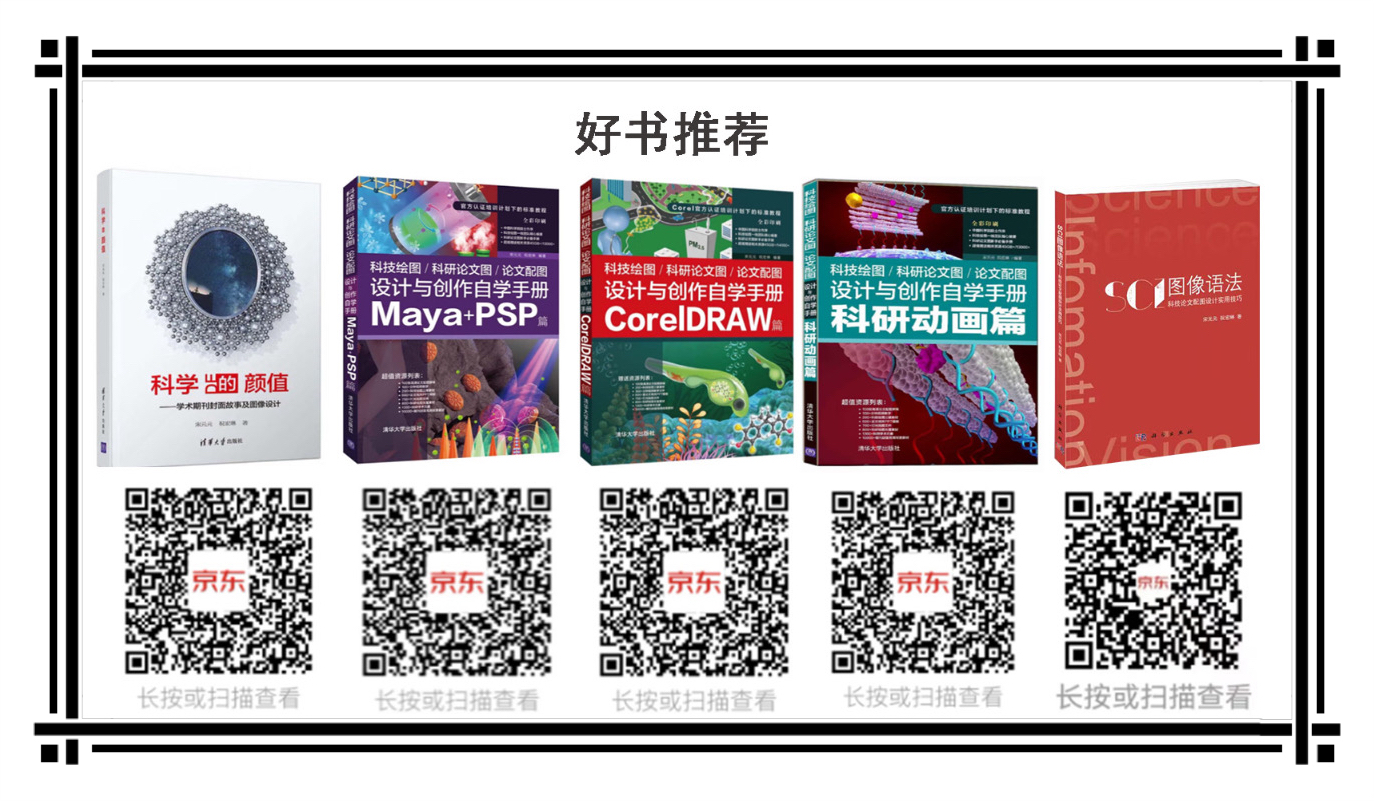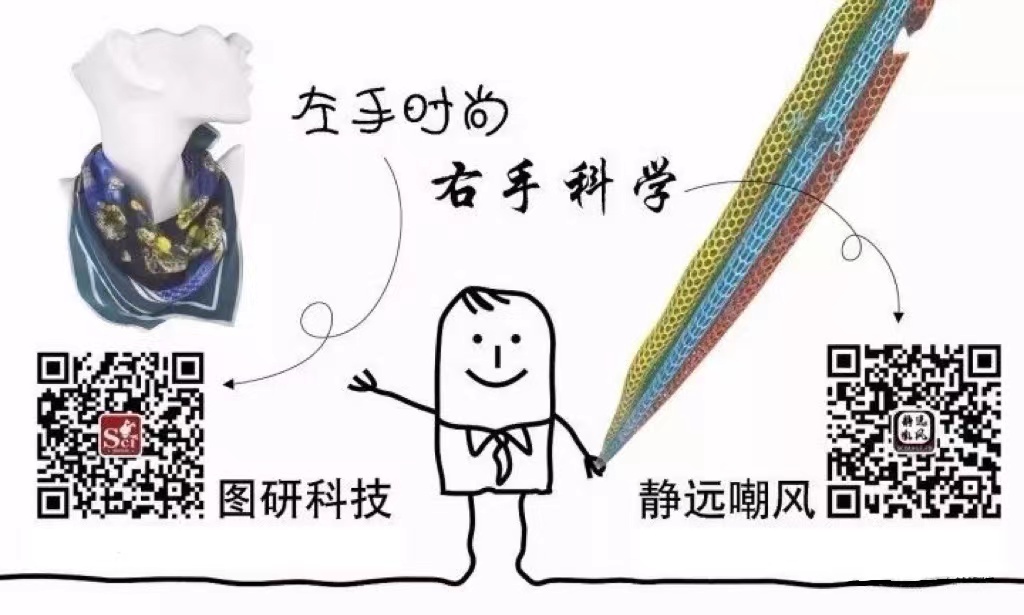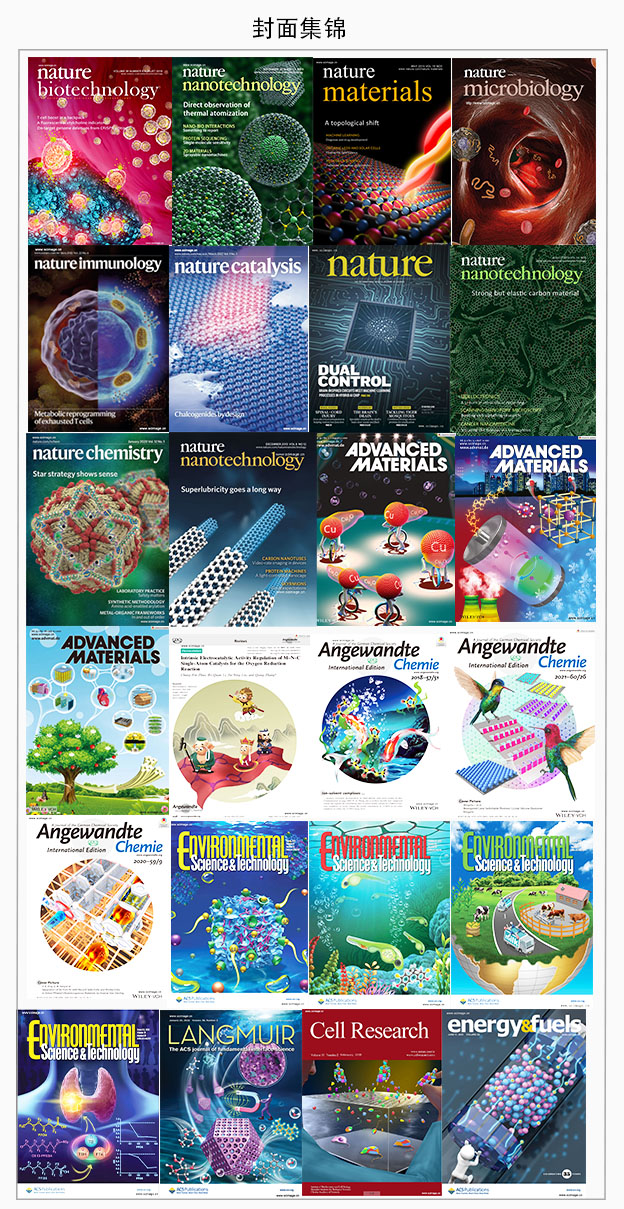博文
2023年5月嘲风作品集(三)
||
▲ Vol 145 Issue 19 | 17 May, 2023
Infinitenes as the Most Stable Form of Cycloarenes: The Interplay among π Delocalization, Strain, and π–π Stacking
Ke Du and Yang Wang
The recent successful preparation of infinitene has sparked widespread attention due to its aesthetic appeal and synthetic challenge. Spectroscopic measurements and follow-up computational investigations suggest that infinitene holds fundamental significance and potential applications in chiroptics, optoelectronics, asymmetric synthesis, and supramolecular chemistry. However, unlike other looped polyarenes enriched with sizes and shapes, the infinitene molecule seems, so far, the only known example of this fascinating new form of nanocarbons, whose further exploitation would be considerably limited because of the lack of molecular diversity. Here, we introduce a whole new family of generalized infinitenes with different sizes and topologies. Three types of infinitene structures are rationally designed by joining two units of coronene, kekulene, or their extended analogs. The constructed molecules of varying sizes, each with a large number of possible topoisomers, are systematically studied by DFT calculations. Comprehensive analysis using a simple energy decomposition model uncovers that the stability of infinitenes is governed by the interplay among π delocalization, steric strain, and π–π stacking. While the first two factors are crucial to the stability of smaller infinitenes, the latter is the primary stabilizing interaction for larger infinitenes. Most importantly, we show that larger-sized infinitenes are actually the energetically most favorable form among all known looped polyarenes; their substantial thermodynamic stability surpassing that of circulenes, various carbon nanobelts, and kekulene-like macrocycles renders them promising targets for synthesis. The simulated 1H NMR, UV–vis, and circular dichroism spectra along with optical rotations for the most stable infinitene species may help their identification in future synthetic efforts.
https://pubs.acs.org/doi/10.1021/jacs.3c01644
▲ Vol 11 Issue 10 | 21 May, 2023
Amphiphilic dendrimers against antibiotic resistance: light at the end of the tunnel?
Christina Galanakou, Dinesh Dhumal and Ling Peng
With the alarming and prevailing antimicrobial resistance (AMR) comes an urgent need for novel antimicrobial agents that are not only effective and robust but also do not induce resistance development. Amphiphilic dendrimers are emerging as a promising new paradigm to combat bacterial AMR. They can mimic antimicrobial peptides to produce potent antibacterial activity yet with a low likelihood of generating resistance. In addition, they are stable against enzymatic degradation thanks to their unique dendritic architecture. Importantly, these amphiphilic dendrimers are composed of distinct hydrophobic and hydrophilic entities bearing dendritic structures, which can be precisely designed and synthesized to optimize the hydrophobic–hydrophilic balance yielding potent antibacterial activity while minimizing adverse effects and drug resistance. In this short review, we present the challenges and current state of research in developing amphiphilic dendrimers as new antibiotic substitutes. We start with a brief overview of the advantages and opportunities associated with using amphiphilic dendrimers to combat bacterial AMR. We then outline the specific considerations and the mechanisms underlying the antibacterial activity of amphiphilic dendrimers. We focus on the importance of the amphiphilic nature of a dendrimer that balances hydrophobicity and hydrophilicity via gauging the hydrophobic entity and the dendrimer generation, branching unit, terminal group and charge to allow high antibacterial potency and selectivity while minimizing toxicity. Finally, we present the future challenges and perspectives for amphiphilic dendrimers as antibacterial candidates for combating AMR.
https://pubs.rsc.org/en/content/articlelanding/2023/bm/d2bm01878k
▲ Vol 33 Issue 22 | 25 May, 2023
All-Vacuum-Processed Sb2(S,Se)3 Thin Film Photovoltaic Devices via Controllable Tuning Seed Orientation
Xingyu Pan, Yanlin Pan, Luyan Shen, Lijun Wang, Rui Wang, Guoen Weng, Jinchun Jiang, Xiaobo Hu, Shaoqiang Chen, Pingxiong Yang, Junhao Chu, Jiahua Tao
All-Vacuum-Process
In article number 2214511, Jiahua Tao, Shaoqiang Chen, Xiaobo Hu, and co-workers develop a newly close spaced sublimated CdS buffer layer used for high-performing Sb2(S,Se)3 solar cells with an efficiency of 7.12%. This study opens up novel CSS-CdS layers for Sb2(S,Se)3 solar cells, which is of great importance for an all-vacuum processing so that thin-film solar cells can be manufactured by an in-line.
https://onlinelibrary.wiley.com/doi/10.1002/adfm.202370136
▲ Vol 71 Issue 21 | 31 May, 2023
Combining Untargeted Lipidomics Analysis and Chemometrics to Identify the Edible and Poisonous Mushrooms (Pleurotus cornucopiae vs Omphalotus japonicus)
Jiaxu Yao, Li Zhou, Yueqi Hu, Minjie Zhao, Yue Ma, Jikai Liu, and Eric Marchioni
The global phenomenon of eating poisonous mushrooms by mistake occurs every year. Untargeted lipidomics analysis combined with chemometrics was used to identify mushroom varieties. Two kinds of mushrooms with similar appearance, namely, Pleurotus cornucopiae (P. cornucopiae) and Omphalotus japonicus (O. japonicus) were selected as models, where O. japonicus was a poisonous mushroom and P. cornucopiae was an edible mushroom. First, the lipid extraction efficiency of eight solvents was compared. The methyl tert-butyl ether/methanol (2:1, v/v) had higher lipid extraction efficiency of extracting mushroom lipids than other solvents, in terms of the lipid coverage, response intensity, and solvent safety. Afterward, the comprehensive lipidomics analysis of the two mushrooms was conducted. A total of 21 lipid classes and 267 molecular species were identified in O. japonicus, whereas 22 lipid classes and 266 molecular species in P. cornucopiae. The principal component analysis demonstrated that 37 characteristic metabolites, including TAG 18:1_18:2_18:0;1O, TAG 18:1_18:1_18:2, TAG 16:2_18:2_18:2, etc., could be used to distinguish the two mushrooms. These differential lipids were able to identify P. cornucopiae blended with 5% (w/w) O. japonicus. This study explored a novel method for identifying poisonous mushrooms from edible mushrooms and provided a reference for food safety of consumers.
https://pubs.acs.org/doi/10.1021/acs.jafc.3c01530
<静远嘲风动漫传媒科技中心>设计制作

购书链接:
☆科学的颜值:学术期刊封面故事及图像设计
https://item.jd.com/12802188.html
☆科技绘图/科研论文图/论文配图设计与创作自学手册:CorelDRAW篇
https://item.jd.com/13504674.html
☆科技绘图/科研论文图/论文配图设计与创作自学手册:Maya+PSP篇
https://item.jd.com/13504686.html
☆科技绘图/科研论文图/论文配图设计与创作自学手册:科研动画篇
https://item.jd.com/13048467.html#crumb-wrap
☆SCI图像语法-科技论文配图设计使用技巧
https://item.jd.com/10073529532924.html?bbtf=1


静远嘲风(MY Scimage) 成立于2007年,嘲风取自中国传统文化中龙生九子,子子不同的传说,嘲风为守护屋脊之瑞兽,喜登高望远;静远取自成语“宁静致远”,登高莫忘初心,远观而不可务远。


学习更多绘图教程关注:


https://blog.sciencenet.cn/blog-519111-1396751.html
上一篇:2023年5月嘲风作品集(二)
下一篇:[转载]【学习笔记】maya渲染单帧图存储时的注意事项



